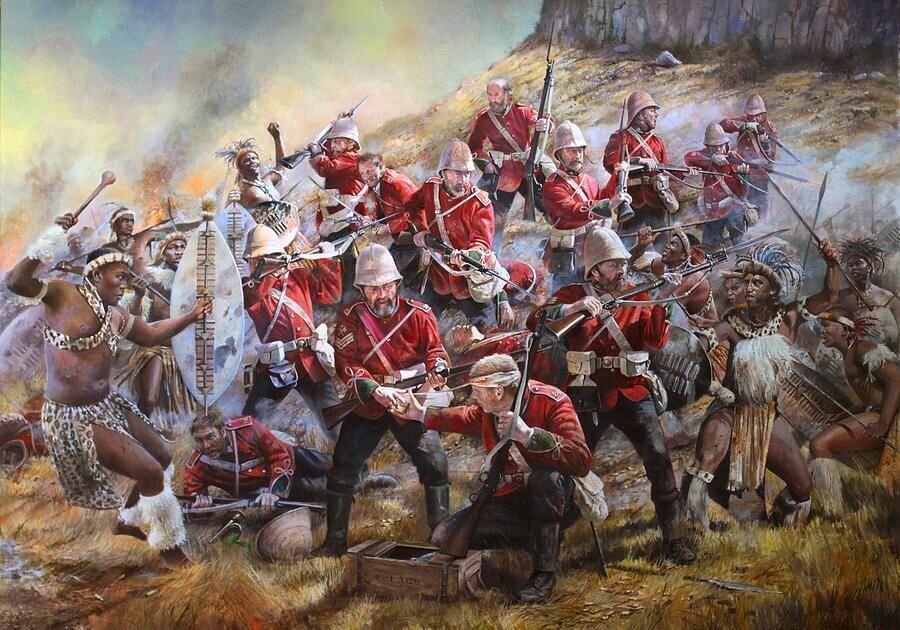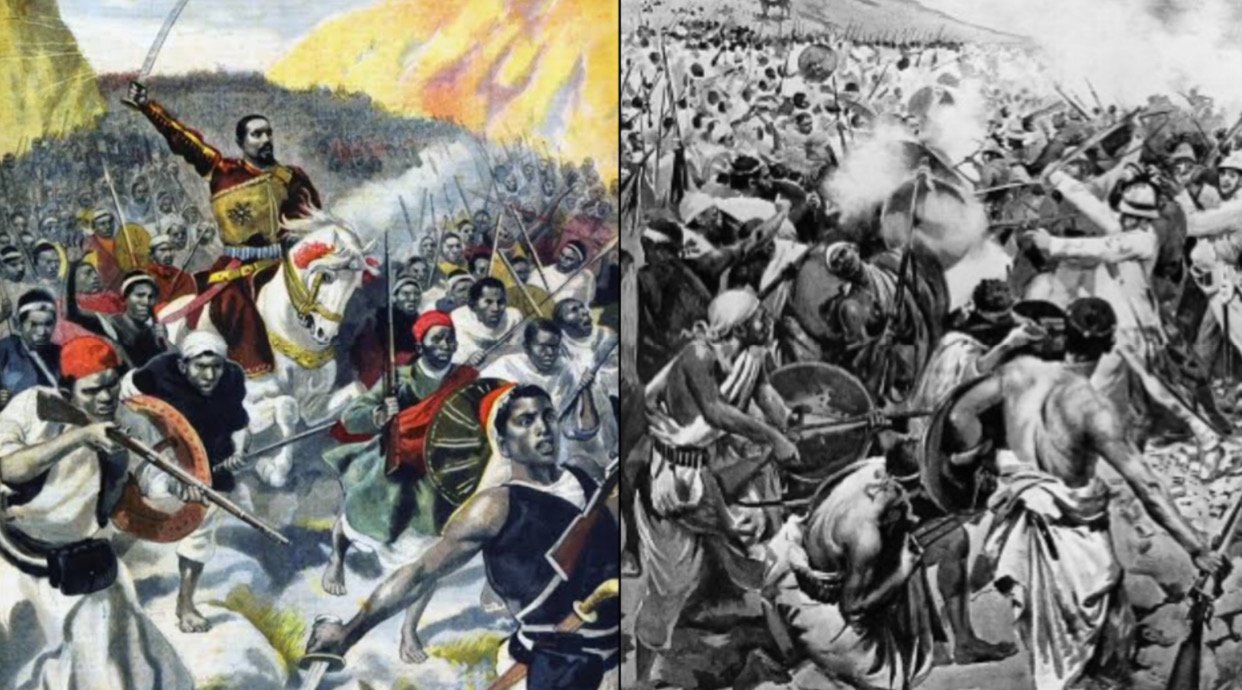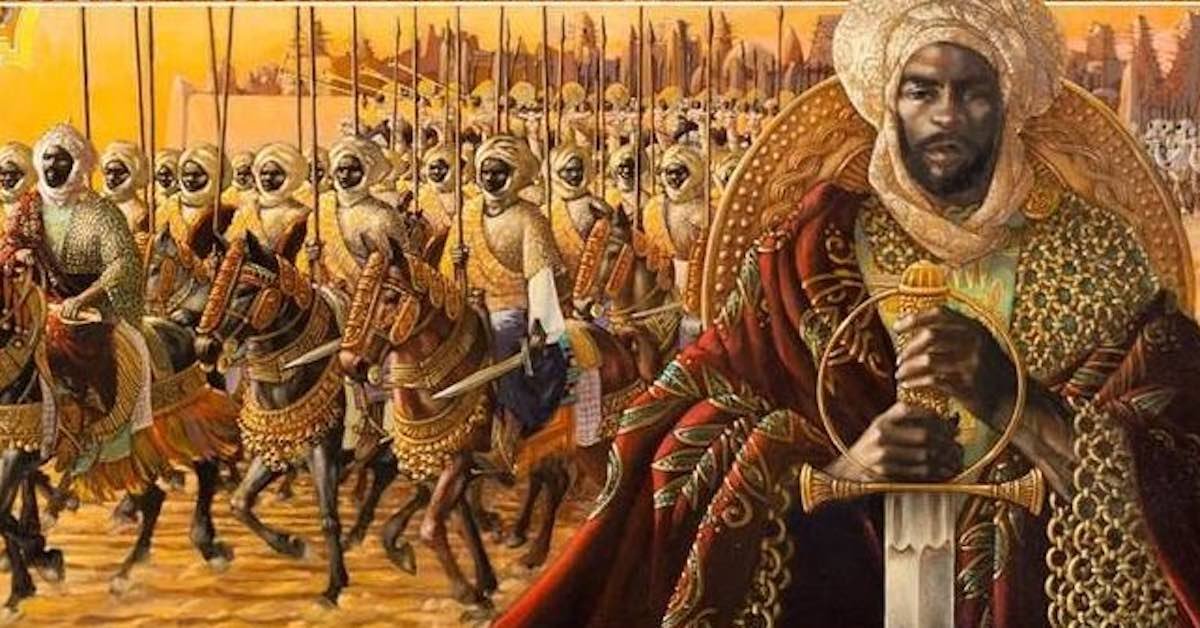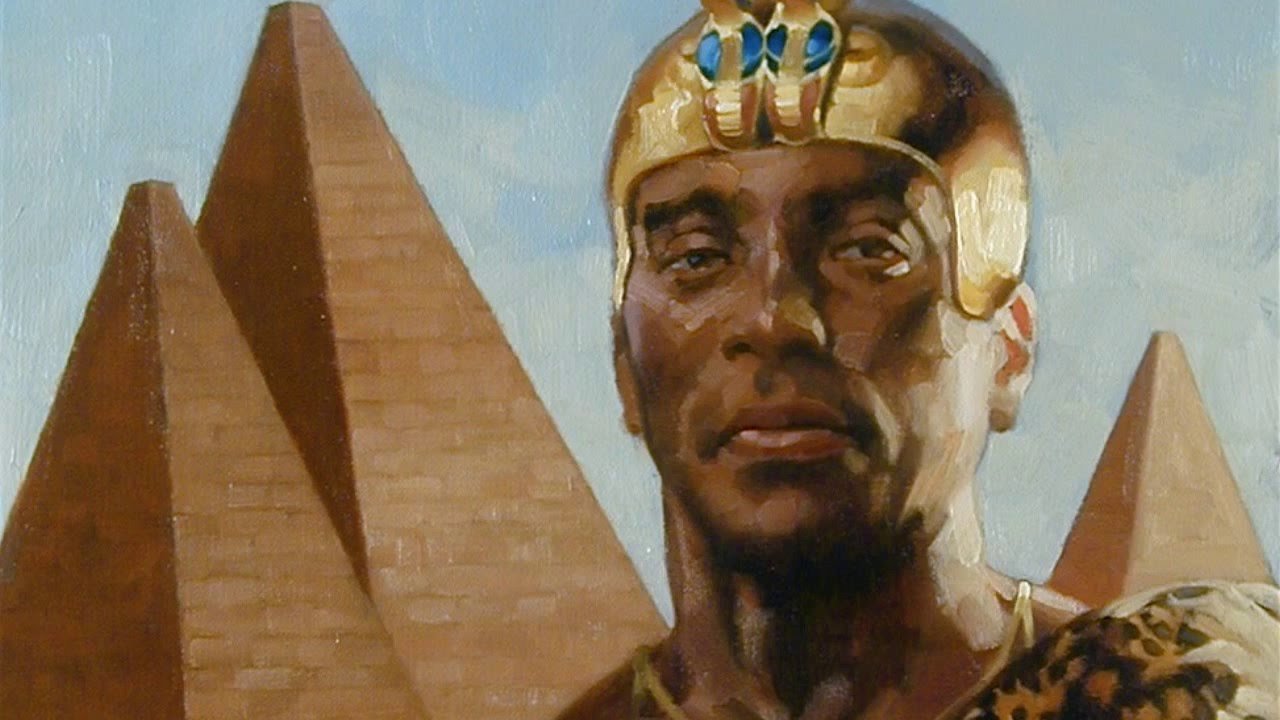The African continent is the greatest and most fascinating of all the world’s continents. This is because most historians describe most events that occurred in Africa as legendary. Most of the continent’s significant and popular events helped shape current Africa, especially Africa’s western and southern regions. Some of the famous legendary moments that we will briefly discuss in this article include the Battle of Isandlwana, the Battle of Adwa, the most famous Mansa Musa’s journey across the desert, and Hannibal’s army crossing the Alps.
However, this article is mainly about some of the most unpopular but legendary moments in African history. Some of the unpopular but legendary events that we will discuss in detail include the engagement between Rome and Cush, Ghana Empire defeating the Umayyads invasion, focusing on Al-Bakri’s mention, a Muslim scholar. We will also discuss Egypt and Kush, notably King Piye’s conquest of Egypt and how Changamire Dombo ousted the Portuguese.
The Battle of Isandlwana
The Battle of Isandlwana on 22nd January 1879 was the 1st significant encounter in the Anglo-Zulu War between the British Kingdom and the Zulu Empire. 11 days after the British started their attack or invasion of Zululand in South Africa, a Zulu force of more than 19500 fighters or warriors attacked a section of the British central or main column comprising more than 1500 British, colonial, local troops and about 400 civilians. The Zulus had mainly the traditional assegal iron spears and cow-hide shields. Besides, they also had several muskets and old or ancient rifles.
The colonial soldiers and the British had the modern Martini-Henry breechloading rifle and 2 7-pounder mountain guns deployed as field firearms, and a Hale rocket battery. Despite a disadvantage in weapons tech, the Zulus ultimately overwhelmed the British, killing more than 1300 troops, including all those out on the firing line. The Zulu army suffered anywhere between 1000 to 3000 murdered.
The Battle was a decisive victory for the Zulus and resulted in the defeat of the 1st British attack or invasion of Zululand. The British Army suffered its worst loss against a local or indigenous enemy with vastly inferior military tech. The Battle of Isandlwana caused the British to take a much more aggressive approach in the Anglo-Zulu War, leading to a heavily reinforced 2nd invasion and the destruction of King Cetshwayo’s hopes of a negotiated peace.
This moment is legendary because we see an African force defeating or overwhelming a foreign force. It is not usual since most foreign forces were powerful than local forces due to their advanced technology.
The Battle of Adwa
The Battle of Adwa was the climactic Battle of the 1st Italo-Ethiopian War. The Ethiopian forces, who had high numerical advantage and weapons which France and Russia supplied, defeated the Italian invading force on 1st March 1896 (late 19th century), near the Adwa town. The decisive victory frustrated the Italian Kingdom’s campaign to increase or expand its colonial Kingdom in the Horn of Africa. By the end of the 19th century, foreign powers (European) had carved up almost Africa after the Berlin Conference. Only Liberia, Ethiopia, and the Dervish State still maintained their independence. Adwa became a pre-eminent representation or symbol of pan-Africanism and secured Ethiopia’s independence until the 2nd Italo-Ethiopian War 4 decades later.
Here again, we see famous legendary moments in African history. The Ethiopian forces, an indigenous force, defeated the Italian force, a foreign force, near the Adwa town.
Mansa Musa’s Journey Across the Desert (Pilgrimage to Mecca)
According to the historians who documented his journey and the existing oral accounts from people such as the eyewitnesses who witnessed this trip, this moment is quite famous and was indeed legendary. During this moment, Mansa Musa gave away gold to people along his route, and he donated so much gold that he brought a decade of gold recession in the region. This moment is remarkable in that at that time; he was the one controlling the gold prices in the Mediterranean. Mansa Musa also wanted to relocate the gold markets to Timbuktu and Gao, and for him to do that, he had to affect Cairo’s gold economy since Cairo was the leading gold market at the time.
Brief Description of his Pilgrimage
Mansa Musa made his pilgrimage between 1324 and 1325. His procession included over 55000 men, all wearing Persian silk and brocade, including over 10000 slaves who carried less than 2kg of gold bars. The animals, which were more than 50 camels, carried 23-136kg of gold dust.
Hannibal’s Crossing of the Alps
Hannibal’s crossing of the Alps in 218 BC was one of the most remarkable events of the 2nd Punic War. It was also one of the most celebrated achievements of a military force in ancient warfare. Hannibal managed to lead his Carthaginian troop or army over the Alps and into a foreign land, Italy, to take the war directly to the Roman Republic, bypassing Roman and allied land garrisons and Roman naval control.
MORE:
- The Top Current Least Educated African Presidents Ever
- Russia offers 300 Million Doses of Vaccine to the African Union.
The Engagement between Rome and Kush under Queen Amanirenas’ Rule
Amanirenas was a Queen of Kush’s ancient African Empire who was famous for defending her Empire against the Roman Empire’s armies. Since the Empire’s hieroglyphs haven’t been interpreted, historians depend mainly on the accounts of Strabo of Amasia and Pliny the Elder and Cassius Dio, Roman historians, to comprehend the sequence of events that enshrined Amanirenas in the African female heroines’ pantheon.
The Roman conquest of Egypt in 30BC led to further invasions south towards Kush. Cornelius Gallus’s attempt to impose taxation on Kush-controlled Lower Nubia prompted the Kushites to attack Roman-held towns in Southern Egypt in 27BC. The Kushites scored victories at Syene and Philae. The Kushite victory at Syene in 24BC caused the city to be sacked, and the statues of Emperor Augustus were destroyed. A bronze head of the Emperor got moved to the noble palace, where it got buried under the entrance.
However, the war reversed when Gaius Petronius led an expedition of over 9500 soldiers to reconquer the region and attack deeper into Kush, establishing new borders for the Roman Kingdom. After defeats by Gaius Petronius, who ravaged Napata city, Kush failed to overwhelm the Roman garrison.
The legendary theme about this event is that Queen Amanirenas spared her people years of domination by resisting Rome’s complete conquest.
MORE:
- Former South African President Faces Corruption Charges
- The African Ruler Who Built the Great Pyramid of Giza
King Piye’s Conquest of Egypt (Egypt and Kush Contact)
As king of Upper Egypt and Nubia, King Piye took advantage of Egypt’s rulers’ squabbling by increasing or expanding Nubia’s power beyond Thebes into Lower Egypt. In reaction to this, Tefnakht of Sais established a coalition between the native rulers of the Delta region and enticed King Piye’s nominal friend, King Namlot of Hermopolis, to defect to his side. Tefnakht of Sais sent his coalition troop South and sieged Herakleopolis, where its ruler, Peftjauawybast, and the native Nubian commanders appealed to King Piye for aid or help. King Piye reacted to this crisis in his regnal year twenty by mobilizing an army to attack or invade Lower and Middle Egypt.
King Piye viewed his campaign as a Holy War, ordering his troops to cleanse themselves ritually before starting the Battle. He gave sacrifices to the great deity or god Amun. King Piye marched North and got complete triumph at Herakleopolis. He conquered the cities of Memphis and Hermopolis, among others. He also received the Nile Delta rulers’ submissions, including Luput the 2nd of Leontopolis, Osorkon the 4th of Tanis, and his former friend Nimlot. Hermopolis fell to the Nubian ruler after a siege lasting about six months. Tefnakht took refuge in an Island in the Delta and formally accepted defeat in a letter to the Nubian ruler but refused to pay homage to the Kushite King. Satisfied with his victory, King Piye went sailing South to Thebes and went to his homeland in Nubia, never to return to the Egyptian land.
Changamire Dombo Ousting the Portuguese
In the late 17th century (1683), the Portuguese militia attempted to control or dominate the gold trade in the African continent’s interior by attacking or invading the Rozvi Kingdom. The Rozvi Empire, armed with the traditional shields and spears, could successfully defeat the Portuguese’s attacks and maintain their control or dominance of the gold mines until their Kingdom declined. Changamire Dombo and Kambgun Dombo, his son, were the leaders of the Rozvi Empire. The Rozvi Empire was formed from various Shona states that controlled or dominated the plateau of modern-day Zimbabwe.
They expelled the Portuguese, a foreign force and nation, of the central plateau. The Europeans maintained only an insignificant or nominal presence at one of the towns in the Eastern Highlands.
Just like the other unpopular legendary moments in African history, I consider Changamire’s actions to be outstanding. He formed a local Empire that was strong enough to drive off a foreign force. We should appreciate some of the tremendous unpopular moments in African history and give them the weight and attention of the other popular and significant moments in African history.
















